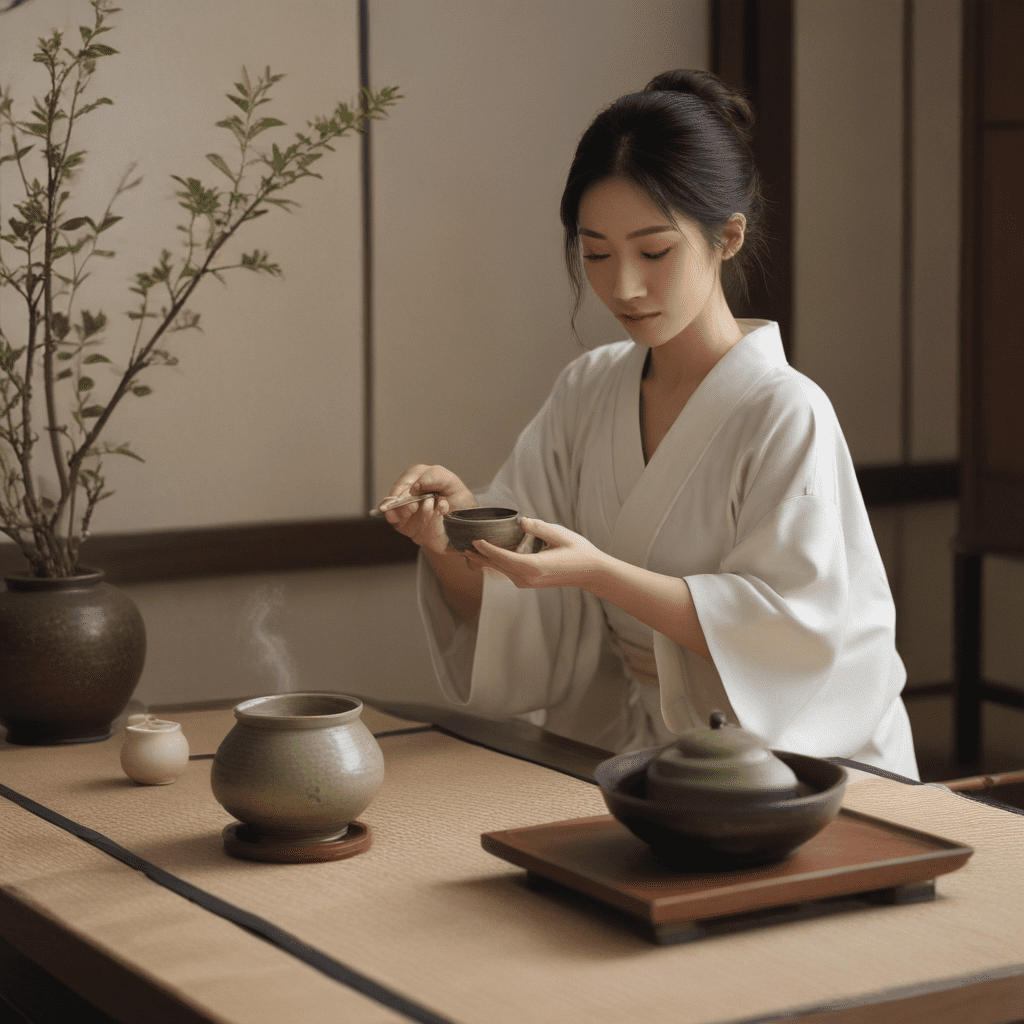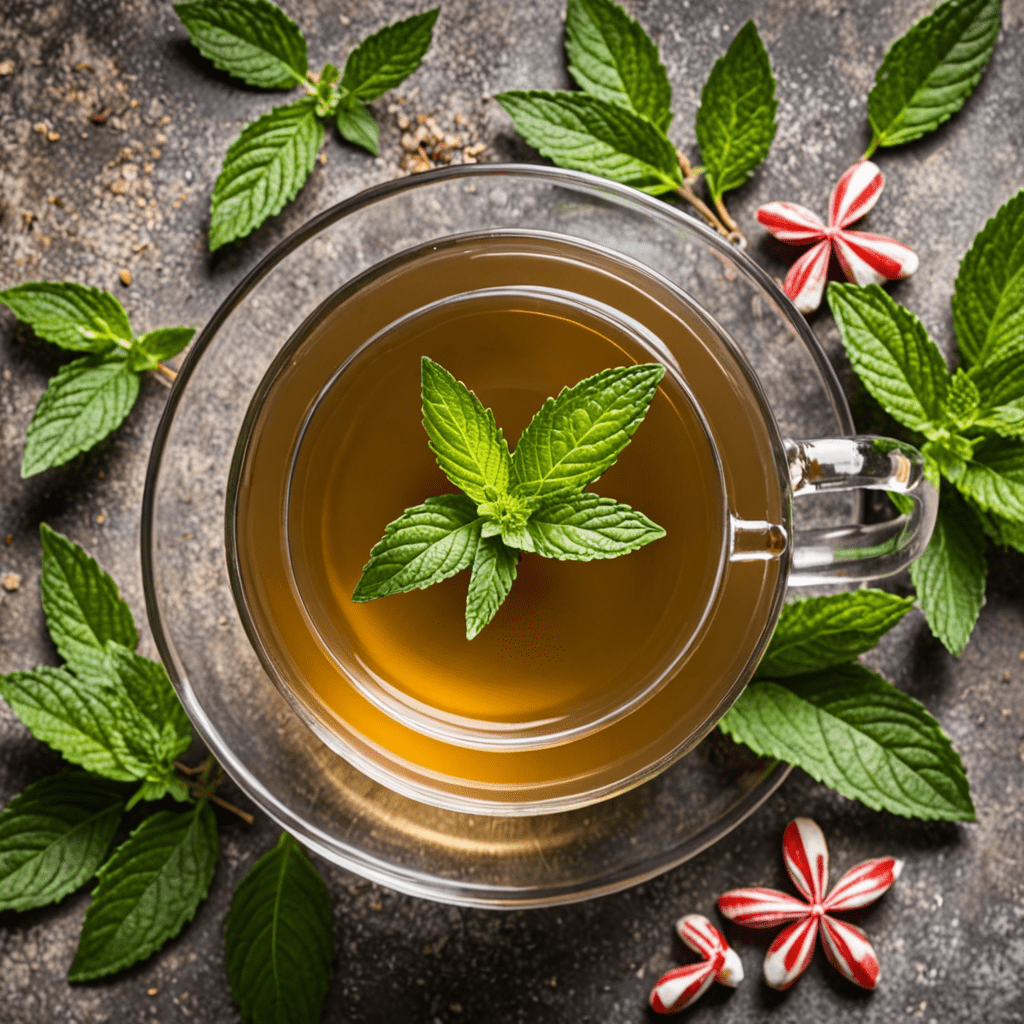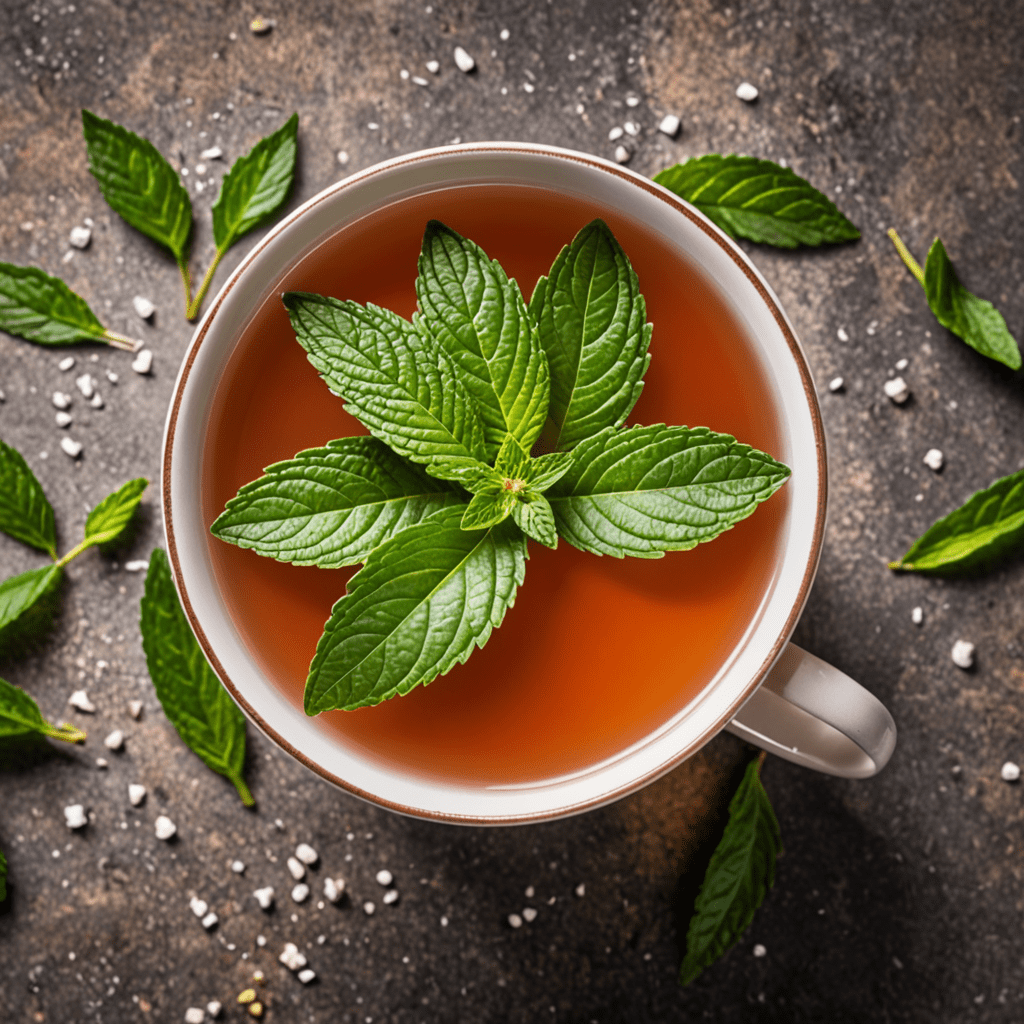The Zen of Japanese Tea Ceremony: A Spiritual Journey
I. Introduction: Unveiling the Essence of the Japanese Tea Ceremony
The Japanese tea ceremony, steeped in tradition and deeply rooted in Zen philosophy, transcends the realm of mere refreshment. It is an immersive ritual that invites participants on a spiritual journey, fostering mindfulness, appreciation, and harmony. The tea ceremony is revered as a sacred art form that embodies the essence of Japanese culture, blending aesthetics, ritual, and philosophy.
II. The Elements of the Tea Ceremony: A Symphony of Simplicity and Symbolism
The tea ceremony is celebrated in a serene tea room (chashitsu), adorned with traditional elements that evoke tranquility and reflection. The tea utensils (chadogu) are meticulously chosen, each carrying symbolic significance. The tea powder (matcha), a finely ground green tea, lies at the heart of the ceremony, prepared with delicate precision.
III. The Tea Master and Guests: Roles and Etiquette
The tea ceremony is guided by a revered tea master, who embodies the principles of hospitality, humility, and knowledge. Guests are expected to follow specific etiquette, demonstrating respect for the tea master and the ritual. Harmony and a sense of community prevail as participants engage in shared contemplation.
IV. The Ceremony Itself: A Dance of Ritual and Reflection
The tea ceremony unfolds in a series of graceful movements and rituals. Guests are led through a journey of purification, entering the tea room through a symbolic "gateway to another world." Each gesture, each moment of silence, is imbued with meaning, inviting participants to shed their worldly concerns and embrace the present moment.
V. The Importance of Mindfulness: Cultivating Awareness and Presence
The tea ceremony places paramount importance on mindfulness. Through the focused preparation and serving of tea, participants cultivate a heightened awareness of their surroundings, their actions, and their thoughts. The ceremony serves as a sanctuary for inward reflection, allowing one to connect with their inner self and appreciate the beauty of the present.
VI. The Symbolism of the Tea Garden: A Journey of Spiritual Growth
Beyond the tea room, the tea garden (roji) holds profound symbolic significance. It represents the path of spiritual enlightenment, guiding participants through a series of carefully crafted steps. Each element of the garden, from the winding path to the stepping stones, encourages introspection and reflection.
VII. The Tea and the Tao: Embracing Yin and Yang
The principles of Taoism, an ancient Chinese philosophy, deeply influence the tea ceremony. The ceremony embodies the balance of yin and yang, representing the harmonious interplay of opposing forces. The tea itself, with its invigorating caffeine content, represents yang, while the tranquility of the ceremony represents yin.
VIII. The Zen of Everyday Life: Extending Mindfulness Beyond the Ceremony
The principles of the tea ceremony extend beyond the confines of the tea room, offering a path to cultivate mindfulness and appreciation in everyday life. By incorporating the lessons learned during the ceremony into their daily routines, participants can cultivate a sense of gratitude, presence, and harmony.
IX. The Legacy of the Tea Ceremony: A Timeless Tradition
For centuries, the Japanese tea ceremony has been meticulously preserved and transmitted from one generation to the next. Renowned tea masters have dedicated their lives to safeguarding this sacred tradition, ensuring its continued relevance and influence on Japanese culture and aesthetics.
X. Conclusion: The Enduring Value of the Tea Ceremony in Contemporary Society
The Japanese tea ceremony remains a timeless and enduring tradition, offering a transformative spiritual journey that transcends cultural and temporal boundaries. It continues to captivate and inspire individuals seeking a deeper understanding of themselves, their relationships, and the world around them.
FAQ: Frequently Asked Questions about the Japanese Tea Ceremony
- What is the history of the Japanese tea ceremony?
The tea ceremony originated in China during the Tang Dynasty and was brought to Japan by Buddhist monks in the 12th century. It evolved over time, influenced by Zen Buddhism and refined by tea masters into the ritualized art form it is today. - What are the different schools of tea ceremony in Japan?
There are three main schools of tea ceremony in Japan: Urasenke, Omotesenke, and Mushanokoji-Senke. Each school has its own unique style and philosophy, but all share a common dedication to the principles of harmony, respect, purity, and tranquility. - What are the benefits of participating in the Japanese tea ceremony?
Participating in the tea ceremony offers numerous benefits, including stress reduction, increased mindfulness, enhanced creativity, and improved social skills. It also provides an opportunity for cultural immersion and a deeper understanding of Japanese traditions. - How can I experience the Japanese tea ceremony?
To experience the tea ceremony, it is recommended to find a tea master or tea school that offers classes or workshops. There are schools and tea masters located around the world, making it accessible to those interested in exploring this ancient art form.



